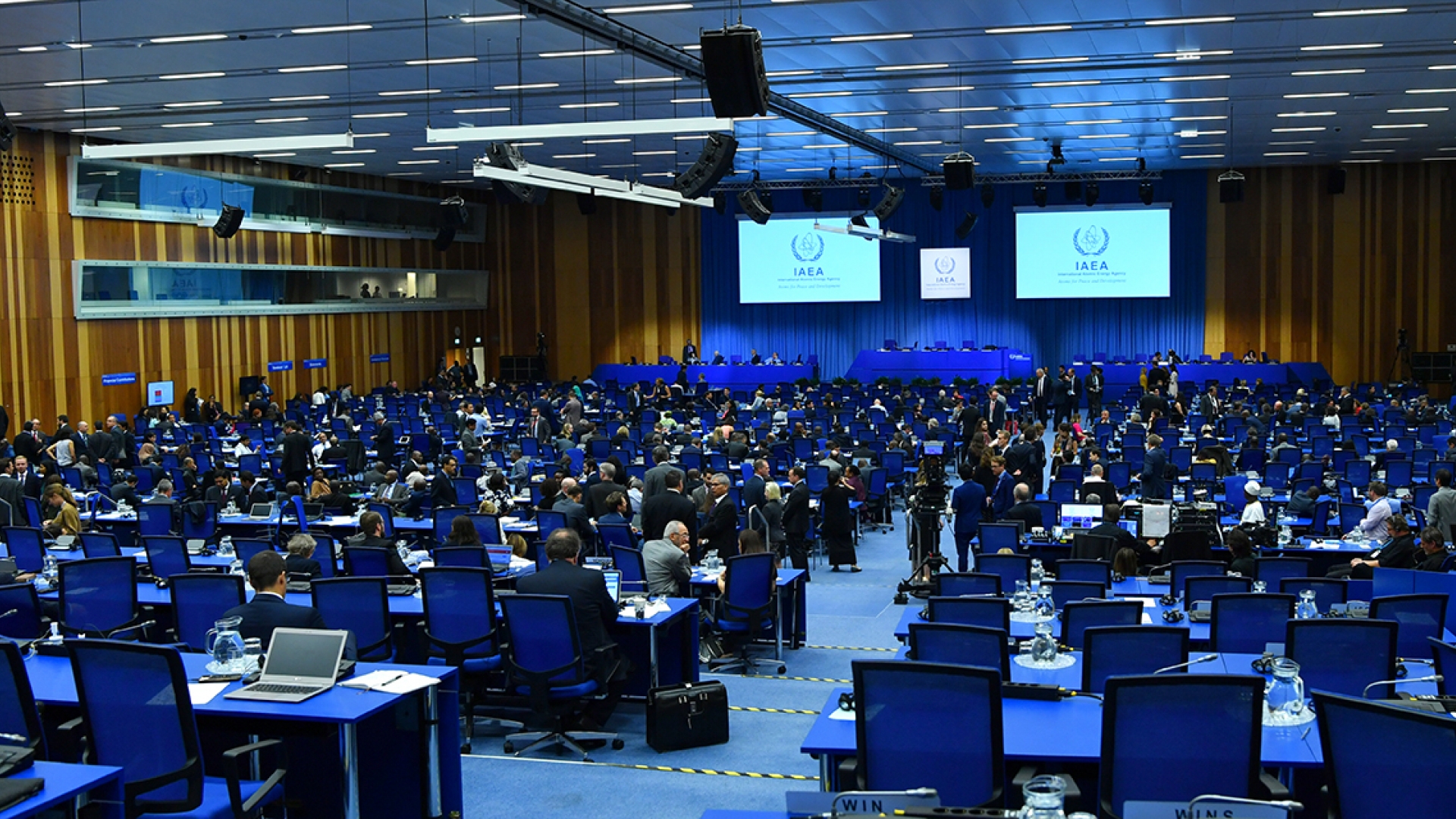Engineers have a powerful impact on our world. They build structures that withstand natural disasters, help babies in neonatal intensive care units thrive, and bring life-saving water to remote areas of the globe. They also create cell phones and countless other technological advances that improve our lives every day. They are truly all purpose engineers.
Safety
This paper investigates the commonalities and differences in conceptions of hazard, safety, and Safe-by-Design across eight engineering disciplines: Technology, Policy and Management (TPM), Industrial Design Engineering (3mE), Architecture and the Built Environment (A&BE), Civil Engineering and Geosciences (CEG), Applied Sciences (AS), Aerospace Engineering (AE), Mechanical, Maritime and Materials Engineering (3mE), and Electrical Engineering, Mathematics and Computer Science. The inventories are based on interviews with engineers from these faculties at Delft University of Technology.
Get Full Directors Details of All Purpose Engineering Company Limited
Run Credit Reports and Compliance Checks on Companies, Sole Traders and Individuals. Vision-net is fast, accurate and cost effective. Log-in or Join-up to gain instant access.
Efficiency
Having the right processes in place to handle product data should be a top priority for engineers. This includes ensuring that data is consistent, timely and accessible to users. It also means avoiding redundancies by minimizing redundant tasks. This will allow you to scale engineering leverage without sacrificing quality.
All Purpose Engineering Company Limited was set up on Thursday the 24th of November 2005 and has 2 directors. They have a registered address of Level 1, 20 Don Street, Invercargill and their director details are available to view online.
Run Credit Reports and Due Diligence checks on All Purpose Engineering Company Limited or click ‘Log-In’ or ‘Join-Up’ below to get started. Save time and money by reducing your risk of bad debt with faster, more efficient Anti-Money Laundering checks.
Reliability
Reliability relates to the probability that a product will perform its intended function for a specified period of time under stated conditions. This product could be an electronic or mechanical hardware device, a software program, a manufacturing process or even a service. It can also refer to the reputation of a company.
Generally speaking, there is no fundamental limit to the reliability of engineering products. However, the ability to prevent failures is dependent on the people who create them (designers, suppliers, assemblers and users). Reliability and quality are not separate specialist functions, but rather the result of effective working by everyone involved.
Mathematical and statistical methods can make valuable contributions, but practical engineering should take precedence. Unfortunately, not all reliability training, literature and practice reflect this fact. A number of journals have been published on reliability; some are referenced below.
Maintainability
Maintenance engineering focuses on input into the design process to produce systems that are easy to test, service, and repair when they fail. It also seeks to reduce the number of personnel and other logistics support resources required to perform maintenance. This contributes to reduced life-cycle costs and increases system availability.
Maintainability engineers use the same modeling, allocation, and prediction techniques as reliability engineering. The resulting models predict the time to restore a failed system to service. These predictions are used to make design tradeoffs.
In addition to quantitative maintenance prediction, maintainability engineers often develop qualitative requirements for design features that are vital in meeting program goals but cannot be quantified. Examples include elimination of safetywire/lockwire, standardization of fasteners, and color coding of electrical wiring. They also develop maintenance concepts and plans, and establish program control and evaluation during design, production (manufacturing), and operations.
